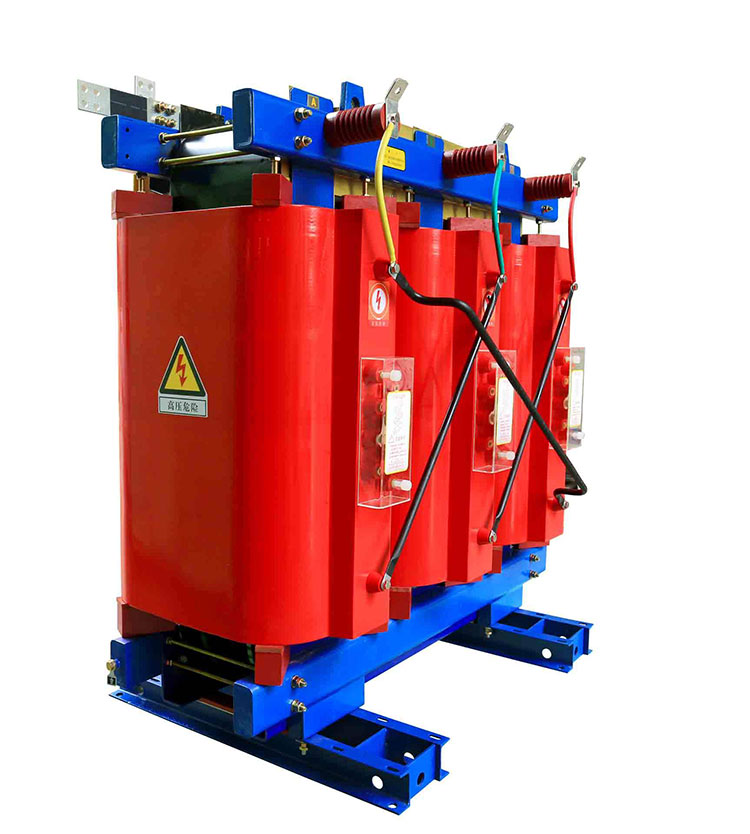- English
- Español
- Português
- русский
- Français
- 日本語
- Deutsch
- tiếng Việt
- Italiano
- Nederlands
- ภาษาไทย
- Polski
- 한국어
- Svenska
- magyar
- Malay
- বাংলা ভাষার
- Dansk
- Suomi
- हिन्दी
- Pilipino
- Türkçe
- Gaeilge
- العربية
- Indonesia
- Norsk
- تمل
- český
- ελληνικά
- український
- Javanese
- فارسی
- தமிழ்
- తెలుగు
- नेपाली
- Burmese
- български
- ລາວ
- Latine
- Қазақша
- Euskal
- Azərbaycan
- Slovenský jazyk
- Македонски
- Lietuvos
- Eesti Keel
- Română
- Slovenski
- मराठी
- Srpski језик
What are the cooling methods for dry-type transformers?
2024-07-04
Dry-type transformers, despite their efficiency gains, generate heat during operation. To maintain optimal performance and prevent overheating, they rely on specific cooling methods. Here's a breakdown of the two main approaches:
1. Natural Air Cooling (Open Type):
Most common method.
Transformer directly exposed to air within a clean, dry environment (humidity below 85% at 20°C).
Two cooling options:
Natural Convection: Heat naturally rises and dissipates into the surrounding air.
Air Over-Temperature Protection: Fans automatically activate when reaching a pre-set temperature to increase airflow and cooling.
2. Forced Air Cooling (Closed Type):
Transformer housed in a sealed casing, preventing direct air contact.
Suitable for environments with dust, moisture, or potential flammability concerns (mines).
Fans circulate air within the casing to remove heat.
Choosing the Right Cooling Method:
The optimal cooling method depends on several factors:
Environment: Open type is ideal for clean, dry locations. Closed type is better for dusty, humid, or potentially flammable environments.
Transformer Capacity: Larger transformers may require forced air cooling for efficient heat dissipation.
Noise Restrictions: Open type with natural convection is quieter than forced air cooling with fans.
Additional Considerations:
Dry-type transformers offer several advantages: fire safety, reduced pollution, and suitability for indoor locations.
They boast advanced technology for durability, efficiency, and minimal maintenance.
Advanced models may include temperature monitoring systems with automatic fan control and alarms.
Dry-type transformers are typically compact and lightweight, saving on installation costs.
Remember: Choosing the right cooling method is crucial for maximizing the performance and lifespan of your dry-type transformer. Consult with manufacturers or qualified technicians to determine the best solution for your specific needs.





